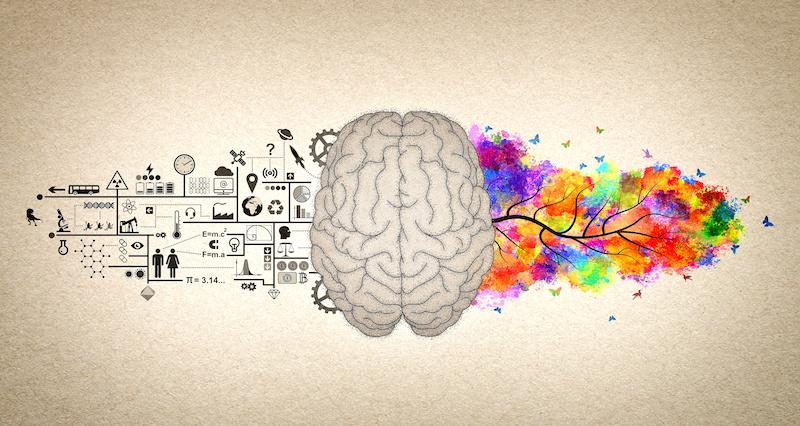Bringing Social and Emotional Learning to the Classroom
Evidence-based research illustrates that children who receive social and emotional learning concurrently with their academic instruction demonstrated better classroom behavior. They also had higher levels of academic success, a more mature ability to manage their stress and emotions, and were more likely to be well-adjusted in their post-academic years. Implementing Social and Emotional Learning in the Classroom will provide educators and K-12 professionals with the strategies and resources to create a supportive and thriving classroom and school community for themselves and their students.
|
Course Name: Implementing Social and Emotional Learning in the Classroom |
|
|
Course Number: EDUC 718W |
Semester Credits: 3 |
Teachers and school personnel face the challenge of providing a safe and positive learning environment for their students. When students have their physical and emotional needs met, they can thrive in their academic studies. However, many students come to school with adverse childhood experiences (ACEs), such as abuse, poverty, divorce, and other social and mental traumas. A student that suffers from ACEs may have a challenging time focusing on their lessons and managing their emotions and behaviors. For these children, school may be the only place they have exposure to social and emotional skills in a secure and comfortable environment.
Social and emotional learning (SEL) is the process of teaching someone how to manage emotions effectively, show empathy for others, establish and maintain positive relationships, make thoughtful decisions, manage behavior through impulse control, and much more. Brain-specific research further explains that teaching academic and SEL instruction concurrently allows students to perform better in social interactions and achieve higher grades. Students are more likely to be healthier and well-adjusted individuals. Through engaging texts, you will learn how to bring SEL into your school and classroom to foster teacher-family-student partnerships.
Implementing Social and Emotional Learning in the Classroom offers specific strategies for implementing a successful SEL program applicable to all grade levels. Educators will learn how to track student progress and make necessary adjustments for those with diverse needs. This course will soon become your go-to resource for creating a supportive and thriving classroom environment for yourself and your students!
Goals
By the end of this course, educators will be able to:
- Understand and define social and emotional learning (SEL), and assess how to offer it to students.
- Learn how to promote social, emotional, and academic success.
- Understand the various SEL resources available and the processes involved in planning, implementing, and sustaining an SEL program.
- Learn how to create classrooms conducive to SEL implementation and the steps you should take to prepare your SEL activities.
- Understand the significant correlation between SEL and academic success.
- Know how to make cultural and linguistic adaptations for inclusive SEL.
- Assess SEL programs and their functional domains when evaluating what components are practical and how to make changes to fit your school or classroom environment.
- Explore how to address the needs of all students at various points in a tiered system.
- Understand how to apply practical tools for using SEL with educators.
- Know how to build strong and caring relationships with your students.
- Learn how to teach and model empathy, including social awareness and interactions with peers and adults.
- Teach students how to make responsible decisions and manage their behavior through impulse control and stress management.
Course Contents
- Defining and understanding SEL
- Using SEL within a multi-tiered prevention model and SWPBIS
- Current trends in legislation, policy, and SEL
- SEL and national and state standards
- Strategic planning for social and emotional learning
- Key steps to mobilize change
- Create a professional development, implementation, and evaluation plan
- Review of evidence-based SEL programs
- Preparatory activities for implementing SEL in the classroom
- How to handle tough conversations
- Research about the connection among social, emotional, and school competence
- Culturally responsive SEL
- Assessment and evaluation strategies for SEL
- SEL and Mental health interventions
- Educator’s social and emotional competence
- Strategies for supporting educators’ SEL
- Building teacher-student relationships
- Modeling and practicing empathy
- Self-awareness, self-management, and social awareness
- Building relationship skills
- Responsible decision making
- The positive impact of SEL
Evidence of Learning Outcomes
Upon successfully completing Implementing Social and Emotional Learning in the Classroom, the student will have demonstrated knowledge and application of social and emotional learning (SEL). The student will also demonstrate the ability to apply their understanding of the objectives through critical thinking and writing skills by completing comprehensive projects.
How to Register
Registration is simple and can be done online or over the phone. Courses are offered ongoing during three semesters, and enrollees may begin at any time. Students may choose to enroll in up to a maximum of 15-semester credits at any time during a semester.
Fall: September 1 - January 31
Spring: February 1 - May 31
Summer: June 1 - August 31
